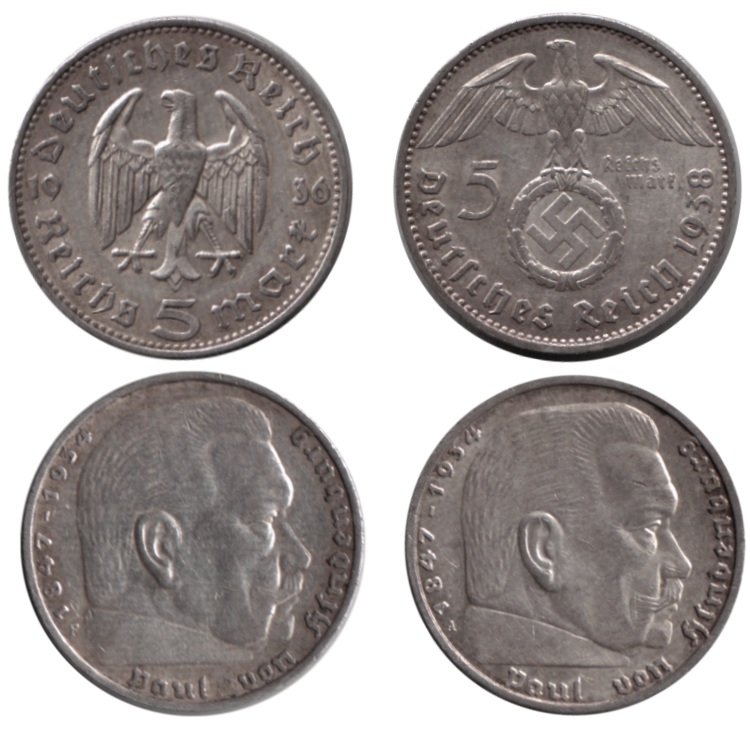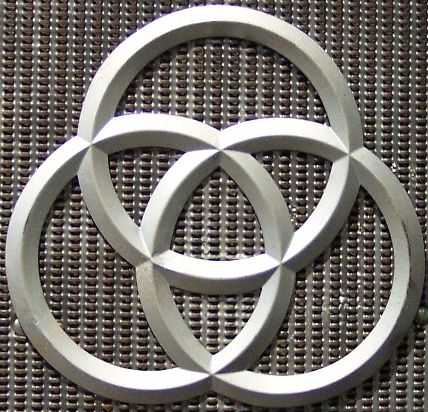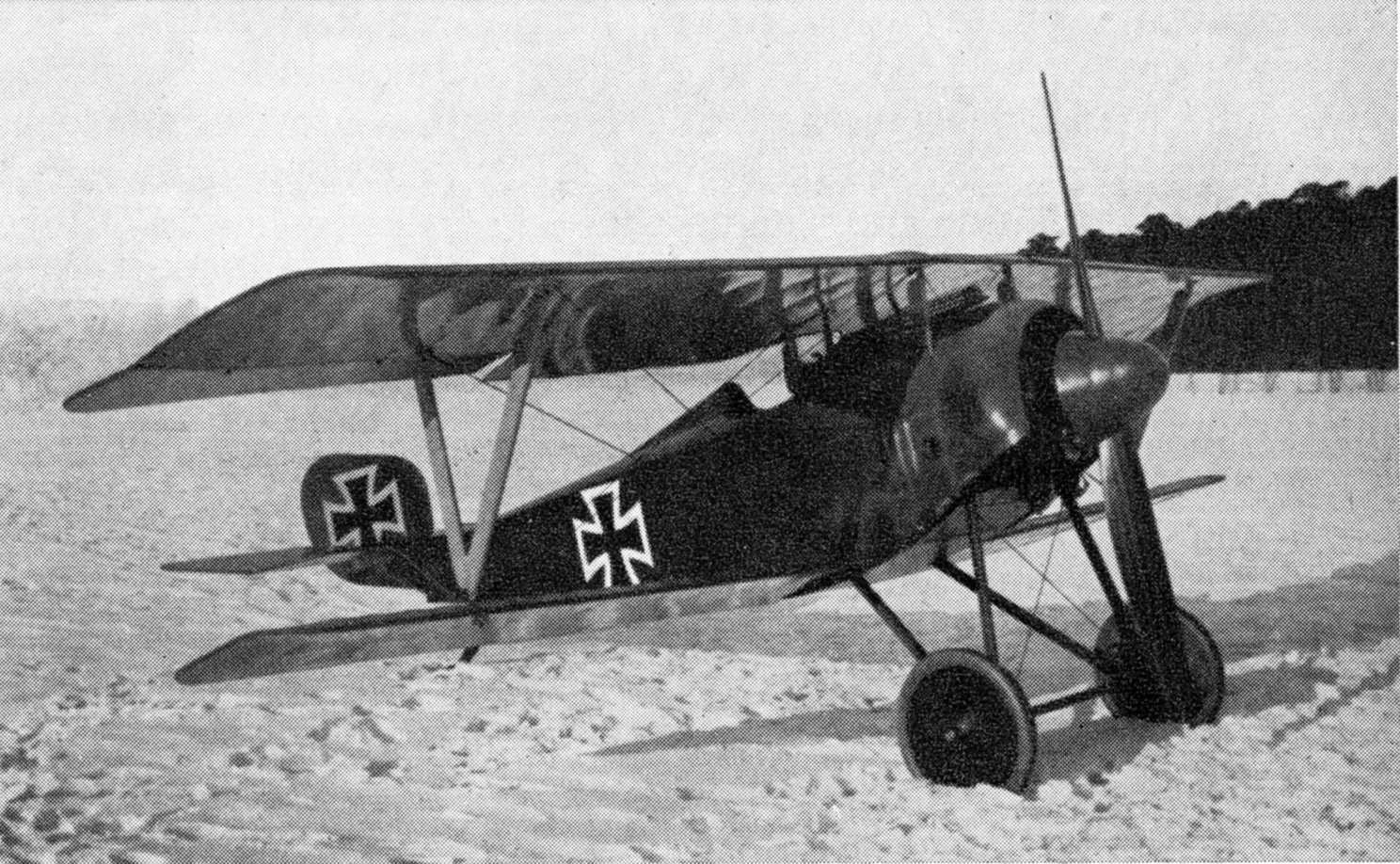|
Monowitz Concentration Camp
Monowitz (also known as Monowitz-Buna, Buna and Auschwitz III) was a Nazi concentration camp and labor camp (''Arbeitslager'') run by Nazi Germany in occupied Poland from 1942–1945, during World War II and the Holocaust. For most of its existence, Monowitz was a subcamp of the Auschwitz concentration camp; from November 1943 it and other Nazi subcamps in the area were jointly known as "Auschwitz III-subcamps" (''KL Auschwitz III-Aussenlager''). In November 1944 the Germans renamed it Monowitz concentration camp, after the village of (German: Monowitz) where it was built, in the annexed portion of Poland. SS Hauptsturmführer (Captain) Heinrich Schwarz was commandant from November 1943 to January 1945. The SS established the camp in October 1942 at the behest of IG Farben executives to provide slave labor for their Buna Werke (Buna Works) industrial complex. The name ''Buna'' was derived from the butadiene-based synthetic rubber and the chemical symbol for sodium (Na), a pr ... [...More Info...] [...Related Items...] OR: [Wikipedia] [Google] [Baidu] |
IG Farben
I. G. Farbenindustrie AG, commonly known as IG Farben, was a German Chemical industry, chemical and Pharmaceutical industry, pharmaceutical conglomerate (company), conglomerate. It was formed on December 2, 1925 from a merger of six chemical companies: Agfa-Gevaert, Agfa, BASF, Bayer, :de:Chemische Fabrik Griesheim-Elektron, Griesheim-Elektron, Hoechst AG, Hoechst, and Weiler-ter-Meer. It was seized by the Allies of World War II, Allies after World War II and split into its constituent companies; parts in East Germany were nationalized. IG Farben was once the largest company in Europe and the largest chemical and pharmaceutical company in the world. IG Farben scientists made fundamental contributions to all areas of chemistry and the pharmaceutical industry. Otto Bayer discovered the polyaddition for the synthesis of polyurethane in 1937, and three company scientists became List of Nobel laureates, Nobel laureates: Carl Bosch and Friedrich Bergius in 1931 "for their contribution ... [...More Info...] [...Related Items...] OR: [Wikipedia] [Google] [Baidu] |
Occupation Of Poland (1939–1945)
During World War II, Poland was occupied by Nazi Germany and the Soviet Union following the invasion in September 1939, and it was formally concluded with the defeat of Germany by the Allies in May 1945. Throughout the entire course of the occupation, the territory of Poland was divided between Nazi Germany and the Soviet Union (USSR), both of which intended to eradicate Poland's culture and subjugate its people. In the summer-autumn of 1941, the lands which were annexed by the Soviets were overrun by Germany in the course of the initially successful German attack on the USSR. After a few years of fighting, the Red Army drove the German forces out of the USSR and crossed into Poland from the rest of Central and Eastern Europe. Sociologist Tadeusz Piotrowski argues that both occupying powers were hostile to the existence of Poland's sovereignty, people, and the culture and aimed to destroy them. Before Operation Barbarossa, Germany and the Soviet Union coordinated th ... [...More Info...] [...Related Items...] OR: [Wikipedia] [Google] [Baidu] |
Reichsmarks
The (; Currency sign, sign: ℛ︁ℳ︁; abbreviation: RM) was the currency of German Reich, Germany from 1924 until the fall of Nazi Germany in 1945, and in the Bizone, American, British and French occupied zones of Germany, until 20 June 1948. The Reichsmark was then replaced by the Deutsche Mark, to become the currency of West Germany and then all of Germany after the 1990 reunification. The Reichsmark was used in the Soviet occupation zone of Germany until 23 June 1948, where it was replaced by the East German mark. The Reichsmark was subdivided into 100 (Rpf or ℛ︁₰). The Mark (unit), Mark is an ancient Germanic weight measure, traditionally a half pound, later used for several coins; (''realm'' in English) comes from the official name for the German state from 1871 to 1945, . History The Reichsmark was introduced in 1924 as a permanent replacement for the ''Papiermark''. This was necessary due to the Hyperinflation in the Weimar Republic, 1920s German inflation wh ... [...More Info...] [...Related Items...] OR: [Wikipedia] [Google] [Baidu] |
Alfried Krupp
Alfried Felix Alwyn Krupp von Bohlen und Halbach (13 August 1907 – 30 July 1967) was a German engineer and the last personal sole owner of the company Fried. Krupp. The eldest of eight siblings, he came from the Krupp family on his mother's side and from the von Bohlen und Halbach family on his father's side. Life Childhood and youth Alfried Krupp von Bohlen und Halbach was born the eldest son of his parents Gustav and Bertha Krupp von Bohlen und Halbach at the Krupp family residence, Villa Hügel, where he grew up together with his siblings. His godfather was Kaiser Wilhelm II. He attended the Realgymnasium in Essen-Bredeney, now the Goetheschule, studied engineering in Munich, Berlin and Aachen from 1928 to 1934 and graduated from the TH Aachen with a degree in engineering. He then completed a traineeship at Dresdner Bank in Berlin. Family In 1937, Krupp von Bohlen und Halbach married the daughter of a Hamburg merchant, Annelise Lampert née Bahr (1909 ... [...More Info...] [...Related Items...] OR: [Wikipedia] [Google] [Baidu] |
Krupp
Friedrich Krupp AG Hoesch-Krupp (formerly Fried. Krupp AG and Friedrich Krupp GmbH), trade name, trading as Krupp, was the largest company in Europe at the beginning of the 20th century as well as Germany's premier weapons manufacturer during both world war, world wars. It produced battleship, battleships, U-boats, tanks, howitzers, guns, utilities, and hundreds of other commodities. The company also produced steel used to build railroads in the United States and to cap the Chrysler Building. After the Nazi Germany, Nazis seized power in Germany, Krupp supported the regime and was one of many German businesses that profited from forced labour under German rule during World War II, slave labor during World War II. Upon the war's end, the head of the company, Alfried Krupp, was tried and convicted as a war criminal for employing prisoners of war, foreign civilians and concentration camp inmates under inhumane conditions in support of the Nazi war effort. Despite being senten ... [...More Info...] [...Related Items...] OR: [Wikipedia] [Google] [Baidu] |
Bobrek Concentration Camp
Bobrek was a subcamp of Monowitz concentration camp located in or near Bobrek, Lesser Poland Voivodeship, Poland, and was part of the Auschwitz concentration camp complex. It was built by Siemens-Schuckert and held approximately 250-300 prisoners who were used as slave labor to produce electrical parts for aircraft and U-boat submarines. The commandant of the camp was '' SS-Scharführer'' Hermann Buch. Artur Hojan & Cameron Munro (2017)Bobrek concentration camp. Tiergartenstrasse4 Association. Evacuation Bobrek subcamp was evacuated along with the other camps in the Auschwitz complex on January 18, 1945. The prisoners were sent on a death march to a concentration camp in Gleiwitz, Poland. Many were then transported by rail to Buchenwald concentration camp. While in Buchenwald, the former Bobrek workers were sought out by Siemens-Schuckert executives, who had them transported to the Siemens-Schuckert factory in Siemensstadt, a suburb of Berlin.Edelheit & Edelheit, ''History of the ... [...More Info...] [...Related Items...] OR: [Wikipedia] [Google] [Baidu] |
Siemens-Schuckert
Siemens-Schuckert (or Siemens-Schuckertwerke) was a German electrical engineering company headquartered in Berlin, Erlangen and Nuremberg that was incorporated into the Siemens AG in 1966. Siemens Schuckert was founded in 1903 when Siemens & Halske acquired Schuckertwerke. Subsequently, Siemens & Halske specialized in communications engineering and Siemens-Schuckert in power engineering and pneumatic instrumentation. During World War I Siemens-Schuckert also produced aircraft. It took over manufacturing of the Protos vehicles in 1908. In World War II, the company had a factory producing aircraft and other parts at Monowitz near Auschwitz. There was a workers camp near the factory known as Bobrek concentration camp. The Siemens Schuckert logo consisted of an S with a smaller S superimposed on the middle with the smaller S rotated left by 45 degrees.Siemens used this as a theme for their logos with absorbed companies: Siemens & Halske's logo was a large S with a small superimp ... [...More Info...] [...Related Items...] OR: [Wikipedia] [Google] [Baidu] |
Butadiene
1,3-Butadiene () is the organic compound with the formula CH2=CH-CH=CH2. It is a colorless gas that is easily condensed to a liquid. It is important industrially as a precursor to synthetic rubber. The molecule can be viewed as the union of two vinyl groups. It is the simplest conjugated diene. Although butadiene breaks down quickly in the atmosphere, it is nevertheless found in ambient air in urban and suburban areas as a consequence of its constant emission from motor vehicles. The name butadiene can also refer to the isomer, 1,2-butadiene, which is a cumulated diene with structure H2C=C=CH−CH3. This allene has no industrial significance. History In 1863, French chemist E. Caventou isolated butadiene from the pyrolysis of amyl alcohol. This hydrocarbon was identified as butadiene in 1886, after Henry Edward Armstrong isolated it from among the pyrolysis products of petroleum. In 1910, the Russian chemist Sergei Lebedev polymerized butadiene and obtained a material ... [...More Info...] [...Related Items...] OR: [Wikipedia] [Google] [Baidu] |
Buna Werke
Buna Werke may refer to: * Buna Werke Schkopau Buna Werke Schkopau were a chemical company specialising in the production of polymer materials such as plastics and artificial rubber. The name BUNA is derived from the technology of polymerising butadiene with sodium (chemical symbol: Na) as a c ..., the first large-scale synthetic rubber plant in Schkopau, Germany * Monowitz Buna Werke, a former synthetic rubber plant with attached forced labour camp near Oświęcim, Poland {{disambiguation ... [...More Info...] [...Related Items...] OR: [Wikipedia] [Google] [Baidu] |
Hauptsturmführer
__NOTOC__ (, ; short: ''Hstuf'') was a Nazi Party paramilitary rank that was used in several Nazi organizations such as the SS, NSKK and the NSFK. The rank of ''Hauptsturmführer'' was a mid-level commander and had equivalent seniority to a captain (''Hauptmann'') in the German Army and also the equivalency of captain in foreign armies. The rank of ''Hauptsturmführer'' evolved from the older rank of '' Sturmhauptführer'', created as a rank of the ''Sturmabteilung'' (SA). The SS used the rank of ''Sturmhauptführer'' from 1930 to 1934 at which time, following the Night of the Long Knives, the name of the rank was changed to ''Hauptsturmführer'' although the insignia remained the same. ''Sturmhauptführer'' remained an SA rank until 1939/40. Some of the most infamous SS members are known to have held the rank of ''Hauptsturmführer''. Among them are Josef Mengele, the infamous doctor assigned to Auschwitz; Joseph Kramer, commandant of Bergen-Belsen concentration camp; Fra ... [...More Info...] [...Related Items...] OR: [Wikipedia] [Google] [Baidu] |
Poland
Poland, officially the Republic of Poland, is a country in Central Europe. It extends from the Baltic Sea in the north to the Sudetes and Carpathian Mountains in the south, bordered by Lithuania and Russia to the northeast, Belarus and Ukraine to the east, Slovakia and the Czech Republic to the south, and Germany to the west. The territory has a varied landscape, diverse ecosystems, and a temperate climate. Poland is composed of Voivodeships of Poland, sixteen voivodeships and is the fifth most populous member state of the European Union (EU), with over 38 million people, and the List of European countries by area, fifth largest EU country by area, covering . The capital and List of cities and towns in Poland, largest city is Warsaw; other major cities include Kraków, Wrocław, Łódź, Poznań, and Gdańsk. Prehistory and protohistory of Poland, Prehistoric human activity on Polish soil dates to the Lower Paleolithic, with continuous settlement since the end of the Last Gla ... [...More Info...] [...Related Items...] OR: [Wikipedia] [Google] [Baidu] |
Auschwitz Concentration Camp
Auschwitz, or Oświęcim, was a complex of over 40 Nazi concentration camps, concentration and extermination camps operated by Nazi Germany in Polish areas annexed by Nazi Germany, occupied Poland (in a portion annexed into Germany in 1939) during World War II and the Holocaust. It consisted of #Auschwitz I, Auschwitz I, the main camp (''Stammlager'') in Oświęcim; #Auschwitz II-Birkenau, Auschwitz II-Birkenau, a concentration and extermination camp with gas chambers, #Auschwitz III, Auschwitz III-Monowitz, a Arbeitslager, labour camp for the chemical conglomerate IG Farben, and List of subcamps of Auschwitz, dozens of subcamps. The camps became a major site of the Nazis' final solution, Final Solution to the Jewish question. After Germany Causes of World War II#Invasion of Poland, initiated World War II by Invasion of Poland, invading Poland in September 1939, the ''Schutzstaffel'' (SS) converted Auschwitz I, an army barracks, into a prisoner-of-war camp. The initial transpo ... [...More Info...] [...Related Items...] OR: [Wikipedia] [Google] [Baidu] |








